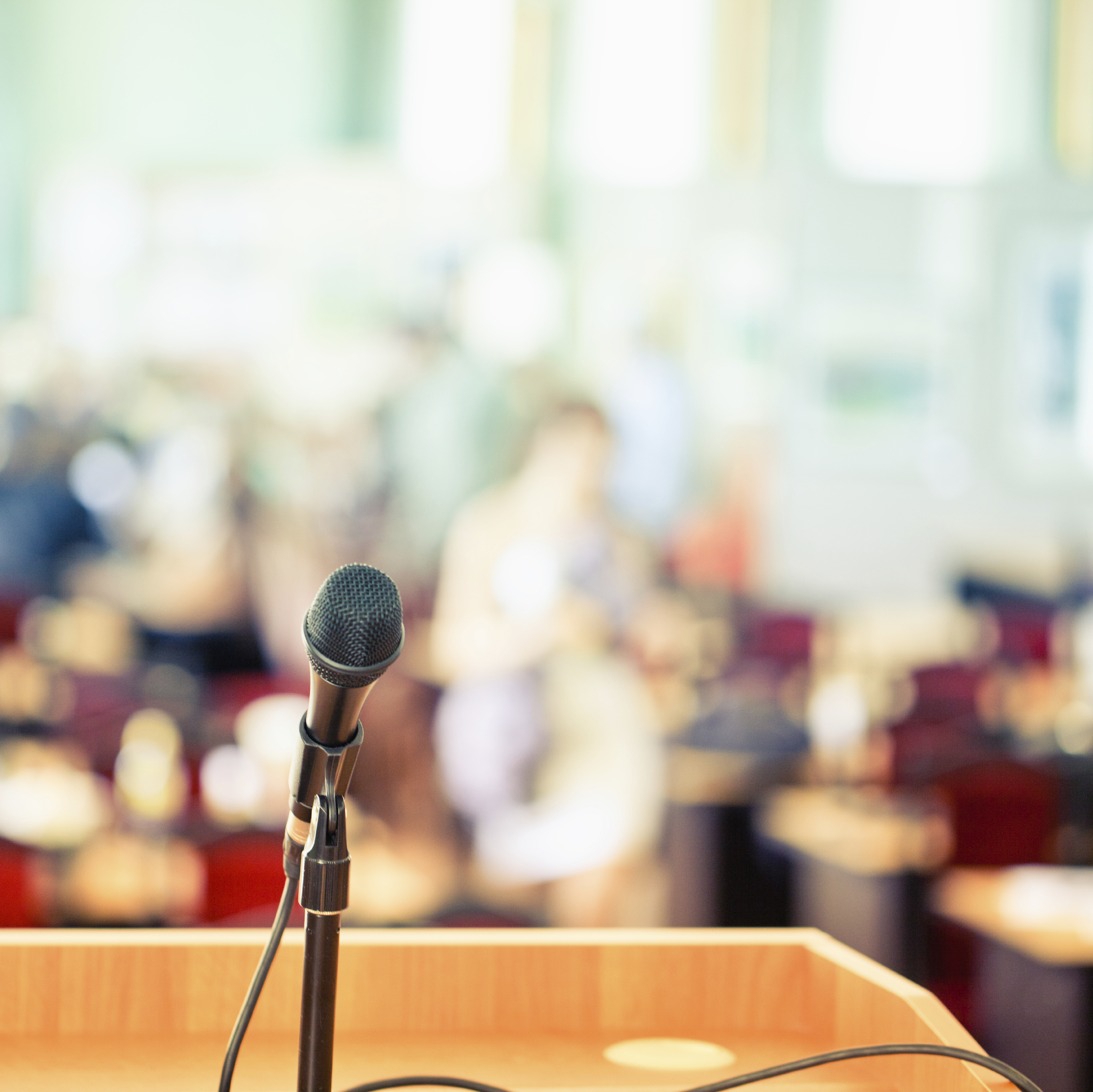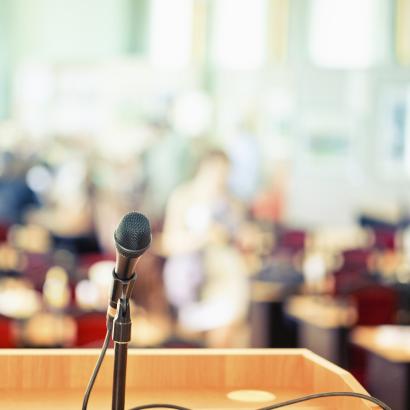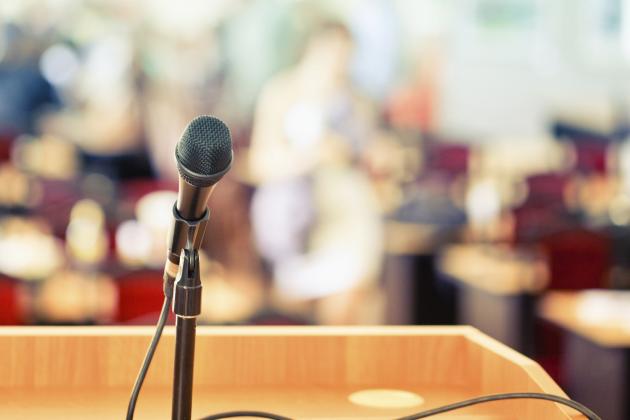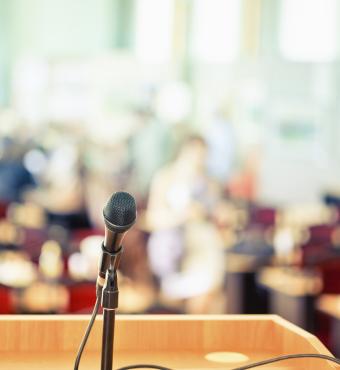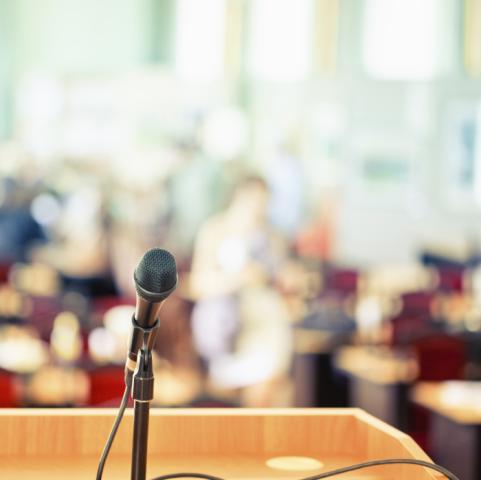- California
Two election-year shortcomings in California seem in no danger of dying on the vine in 2022.
Shortcoming one: a lack of competition at the very top of the ballot, be it a presidential or gubernatorial contest.
With the exception of then-governor Gray Davis’s reelection in 2002 (he won by 4.9 percent, only to be recalled from office by voters eleven months later), California’s premier races this century have been a steady diet of double-digit blowouts (here’s a compendium of official results from 2000 to present).
This year’s governor’s race portends more of the same: the Democratic incumbent, Gavin Newsom, holds a twenty-point lead over his challenger, Republican state senator Brian Dahle, who remains something of a mystery to a majority of likely voters per this early October Berkeley IGS poll.
The second tradition: a lack of multiple candidates’ debates that reflect the Golden State’s complexity and myriad challenges—not a surprise, given that candidates far in front generally aren’t keen on sharing a stage with their less fortunate rivals.
Sadly, as far as California is concerned, 2022 is no exception. There will be but one gubernatorial debate between now and Election Day: this upcoming Sunday (October 23, 1 p.m. PT), at San Francisco’s NPR and PBS public member station KQED (the same venue for 2018’s lone gubernatorial debate between Newsom and Republican John Cox).
To the extent that viewers can watch the debate in real time, a live audience stream for digital audiences will be available, with other radio and television stations allowed to simulcast if they so choose. Otherwise, that’s it for the governor’s race.
To be fair, the “one-and-done” gubernatorial debate isn’t unique to California. Fellow “mega-state” Texas has already staged its one scheduled gubernatorial debate, with Florida holding its lone gubernatorial debate next Monday (October 24—it was moved back from October 12 due to Hurricane Ian). Noticeably missing from the lineup: New York State, whose two gubernatorial candidates are engaged in a “game of chicken” over how often to debate.
That said, California still deserves a visit to the political woodshed. And that begins with Newsom, even if he’s not the first incumbent California governor in recent times to approach the debate question with audience-suppression in mind. Newsom’s predecessor, former California governor Jerry Brown, agreed to only one debate in 2014—on a Thursday night and at the same time the National Football League was airing its season opener. Pete Wilson, for whom I served as an aide, agreed to only one debate back in 1994—on the second Friday in October at a public-television studio in Sacramento.
Where Newsom lowered the bar in 2022: by agreeing to a 1 p.m. starting time for California’s lone chance to hear his vision for the Golden State and his defense of his record. Why is that time problematic? Because it clashes with two NFL games in the San Francisco and Los Angeles markets, as well as the Las Vegas Raiders in action across the Nevada border in Sin City (the Raiders having a significant California following due to their Oakland and Los Angeles legacies). Who else might be distracted that afternoon? Try voting-age Californians visiting at a pumpkin patch or shopping for costumes and candy just eight days before Halloween.
One could also castigate Newsom’s opponent, Dahle, for likewise agreeing to the one Sunday afternoon debate rather that insisting upon a prime-time audience. Then again, Dahle’s an underdog with low name-recognition and limited resources, already far behind in a state where Democrats hold a two-to-one advantage in voter registration. Put another way: beggars can’t be choosers.
That said, neither candidate is the most egregious culprit in this sad tale. That distinction, in my opinion, belongs to those nonpartisan third-party organizations that could have changed the status quo by working to a schedule of multiple debates, but chose not to.
The California Broadcasters Association, already with a keen eye on revenue courtesy of a glut of political advertising in election years, in theory could have worked with local affiliates to set aside one-hour blocks of time for debates (say, one debate a week, for three or four consecutive weeks in October). The stations, in turn, could have partnered with local print media. Together, they could have approached universities and civic-minded organizations (the League of Women Voters of California, perhaps) to create host sites and extend invitations.
Lest one assumes that such an ambitious debate schedule would be ground-breaking for California, guess again. In 2010 and with an open gubernatorial seat up for grabs (a term-limited Arnold Schwarzenegger was stepping down), Democrat Jerry Brown and Republican Meg Whitman agreed to three debates. California’s 1998 governor’s race, likewise an open-seat contest (Pete Wilson being term-limited), saw Democrat Gray Davis and Republican Dan Lungren agree to five debates, though they squared off only four times.
So what if, in a better political world, California revisited the practice of multiple debates during the general election?
Here’s one way to proceed:
First, debate planners should approach the Golden State as a large viewing audience with distinctly different communities and concerns—a multidimensional Bear Republic within the American republic, if you will. So, in the tradition of the storied Lincoln-Douglas debates (seven Senate debates up and down Illinois in 1858), make the California debates a road show with one debate apiece in the greater Los Angeles region, the San Francisco Bay Area, the Central Valley, and Sacramento. (I would also delay sending mail ballots to voters until at least two debates are held, but the problem with early voting in California is another discussion for another day.)
Why those four debate locales? Again, because of California’s diversity of policy concerns. What’s germane to Los Angeles (say, coastal erosion) isn’t necessarily as relevant to California’s inland communities and vice versa (how many Angelenos have heard of the Delta Smelt, the longtime bane of Central Valley farmers?).
Thematically, the four debates could go something like this: focus on education, homelessness, and resource management (water/electricity) in Los Angeles; San Francisco would provide a convenient forum for an hour-long debate regarding housing, the economy, and the benefits and perils of a woke culture; the Central Valley could be a mix of land management, environmentalism, and economic development; and Sacramento, obviously, would be state government.
And what happens after the conclusion of those debates? If the plan is a success, then extend the same debate format to California’s down-ticket state constitutional offices—for example, the state controller’s race, where Republican Lanhee Chen (who’s on a sabbatical from the Hoover Institution) cannot score a debate with Democrat Malia Cohen.
A more aggressive approach to debates may not change California in the larger picture—the Golden State is still a one-party state. But it might make for a more spirited dialogue than the current practice of television ads and precious little interaction between the candidates.
And if it costs an hour of television each week?
Have you seen what passes for network programming these days?







